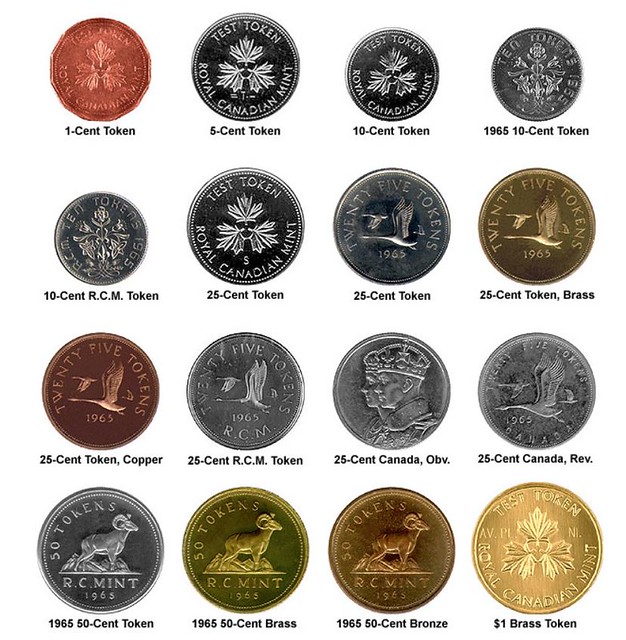
PREV ARTICLE
NEXT ARTICLE
FULL ISSUE
PREV FULL ISSUE
ROYAL CANADIAN MINT TEST TOKENSWhile compiling this week's NUMISMATIC NUGGETS I also came across this Royal Canadian Mint item. -Editor 1996 Royal Canadian Mint $2 Test Token  1996 CAD 2.00 Test Token Original Package (ER) Interesting transitional item. I wasn't aware of these. Nice idea of the RCM to market them. -Editor To read the complete lot description, see: I looked for more information online and learned there's a long tradition of using these. Here's an excerpt from a page I found at the J& Coin & Jewellery Ltd. site. -Editor  These are experimental test tokens. The purpose was to loan these tokens out to vending machine companies so they could calibrate their machinery in advance of a new coin being released. Therefore they are the same size and weight as the issued coin but usually with a markedly different design that identifies it as a token. Ideally, these tokens were supposed to be returned to the mint, and to this end a very high deposit is charged to the vending company to ensure their return but some simply never make it back home. These tokens are very rare, in fact few collectors ever see them. This is an expanding series, meaning the mint continues to issue these tokens for machine calibrations as new coins are introduced. A recent advent is that the mint has sold its test tokens directly to the collecting public. The first and only issue of the tokens sold this way was the $2.00 test token, which sold out after only a few days of release and has since doubled in price. These tokens do have listings with catalogue numbers in the Charlton Standard Catalogue. No prices are shown because they trade so seldom, and who could price them anyways? Experimental test tokens used to determine the best composition for longer life of dies. These are much rarer than the tokens given to the vending machine companies to calibrate their machines. Only very small numbers of these tokens exist. They were used to determine the best alloys to create the best possible image with the least amount of pressure. This would allow the dies to produce the maximum number of coins without requiring changing. Dies need to be changed when the engraving starts to be filled with metal from the planchets, or when cracks develop in the die. To read the complete article, see:  Wayne Homren, Editor The Numismatic Bibliomania Society is a non-profit organization promoting numismatic literature. See our web site at coinbooks.org. To submit items for publication in The E-Sylum, write to the Editor at this address: whomren@gmail.com To subscribe go to: https://my.binhost.com/lists/listinfo/esylum All Rights Reserved. NBS Home Page Contact the NBS webmaster 
|